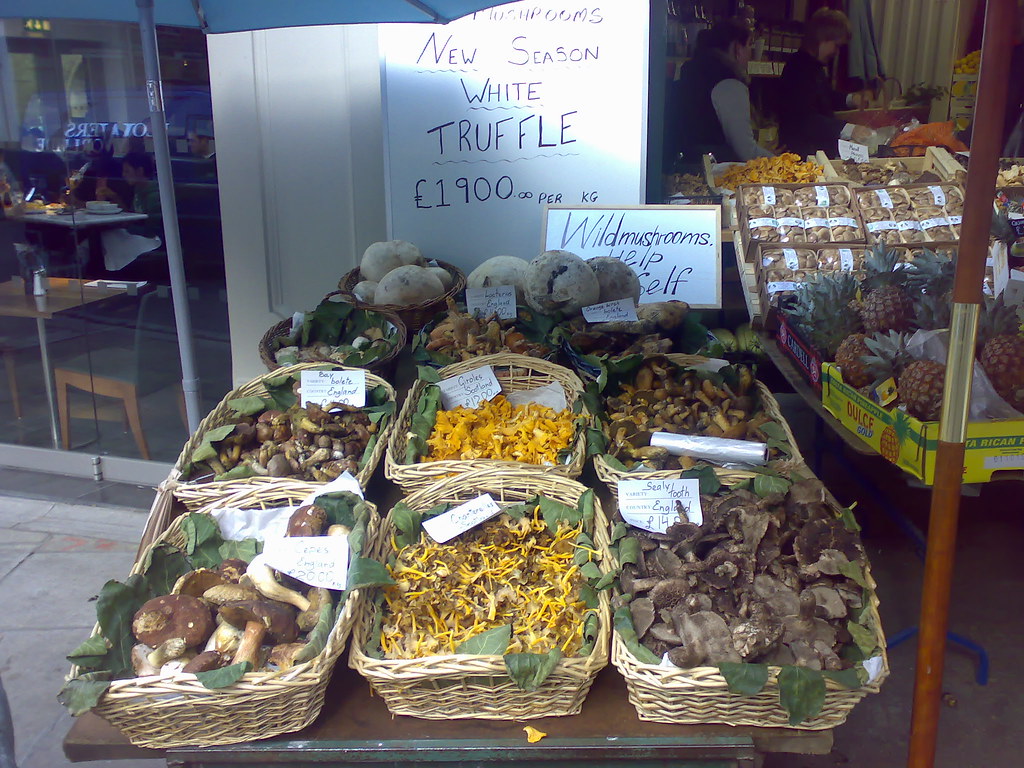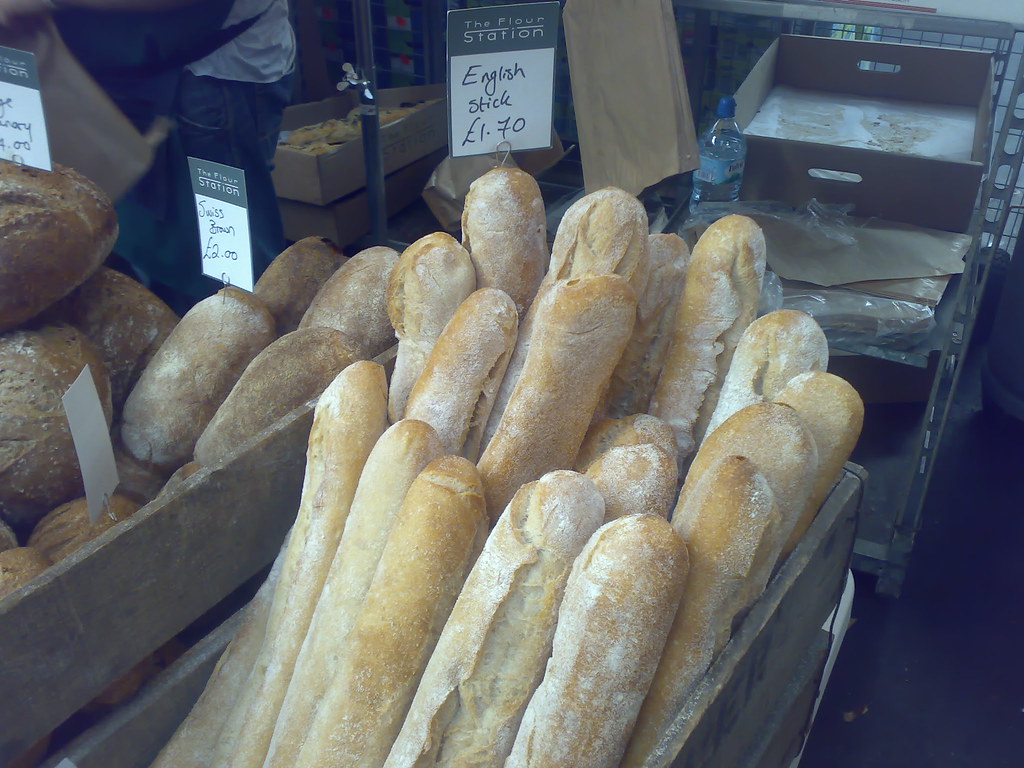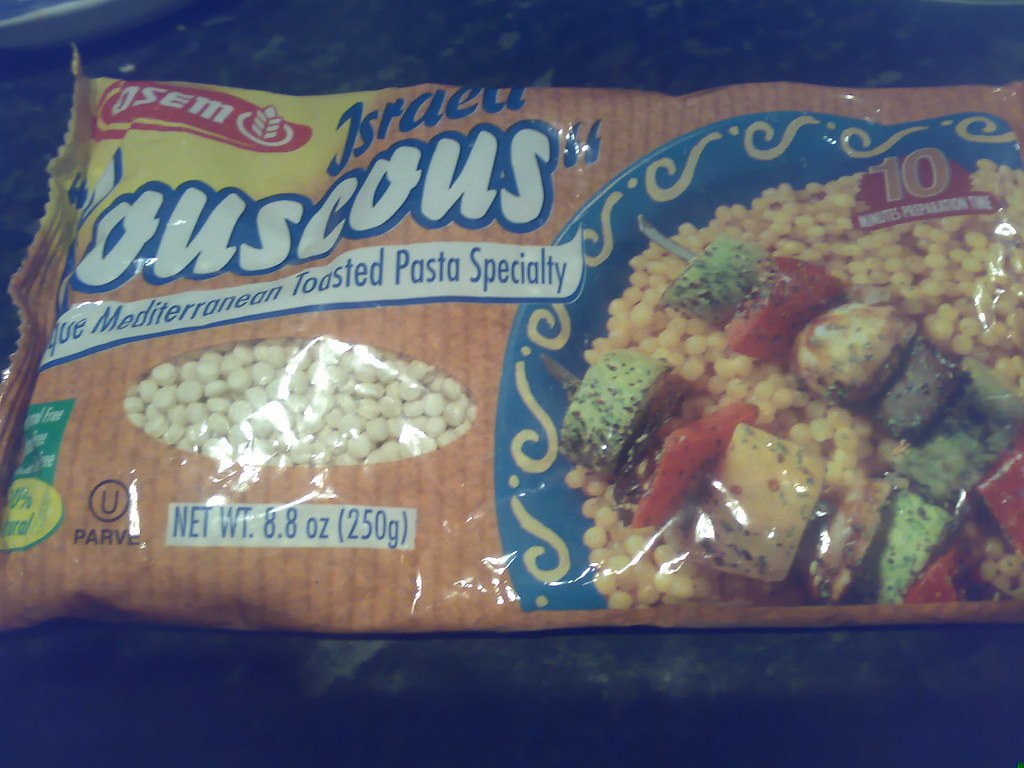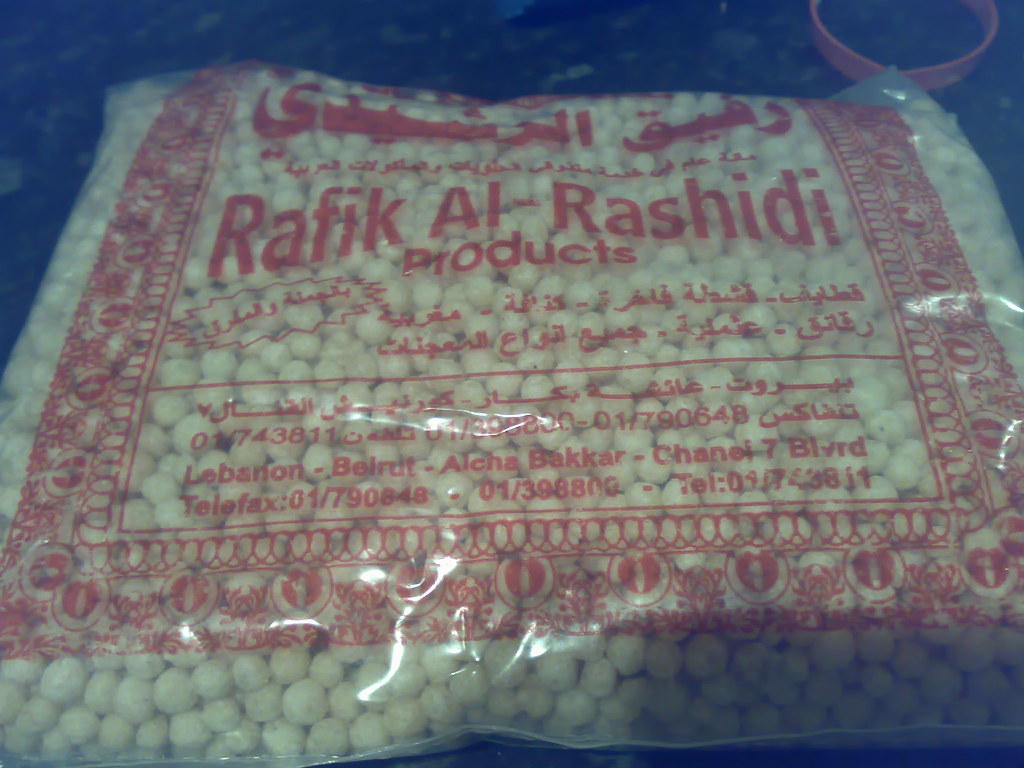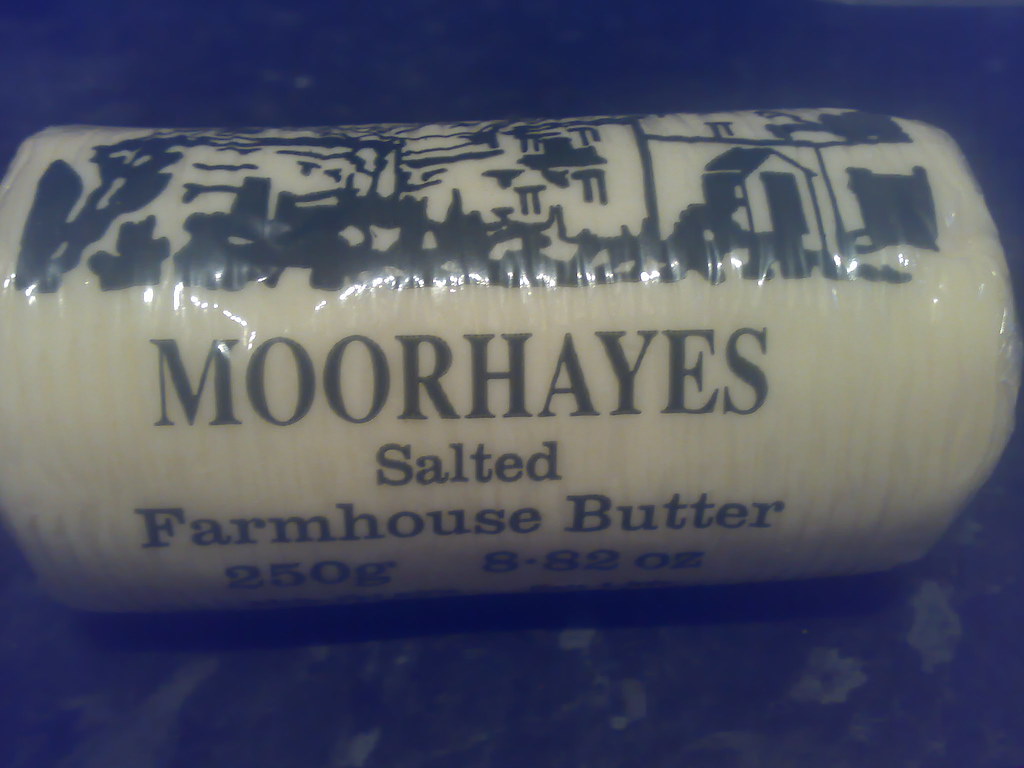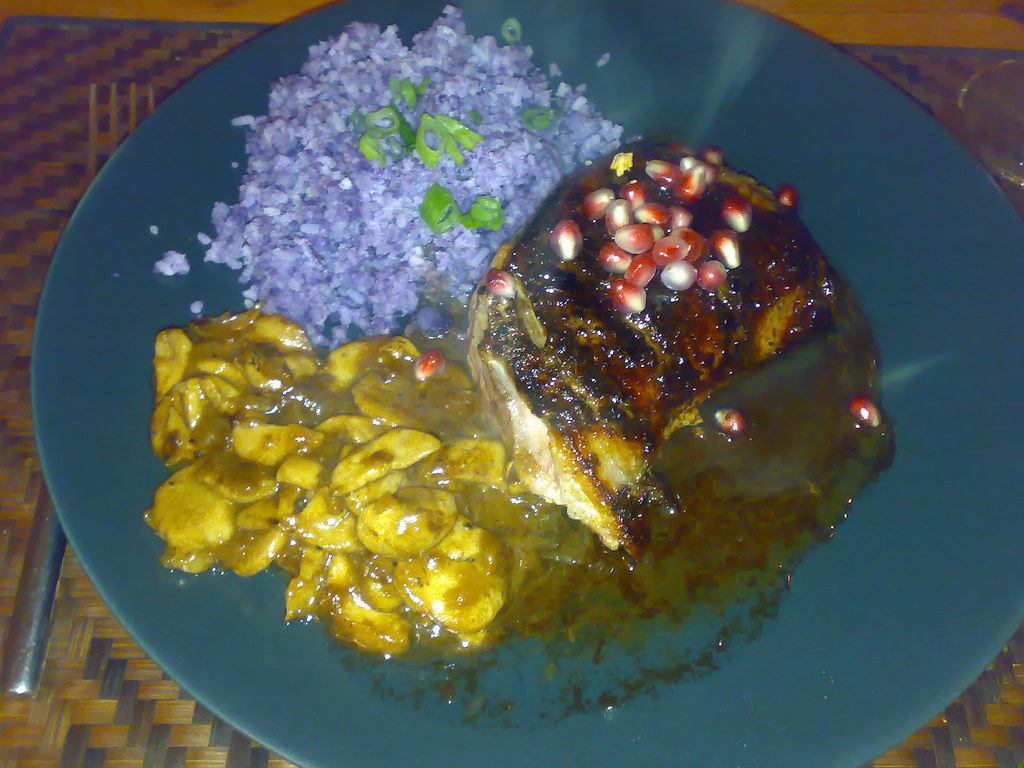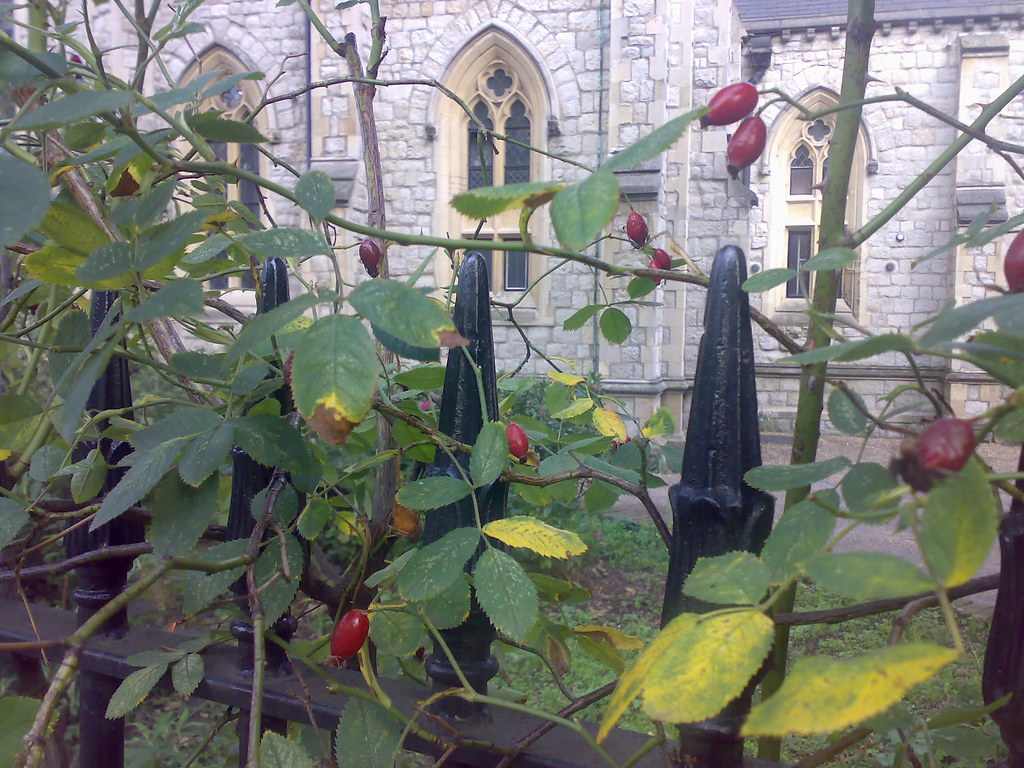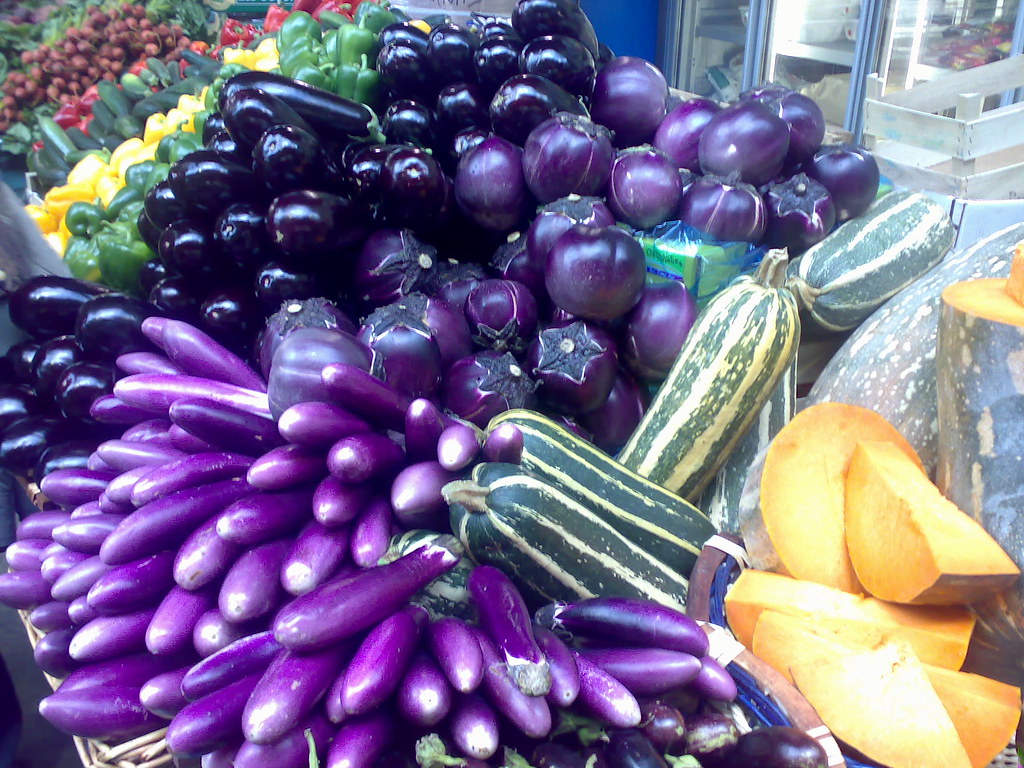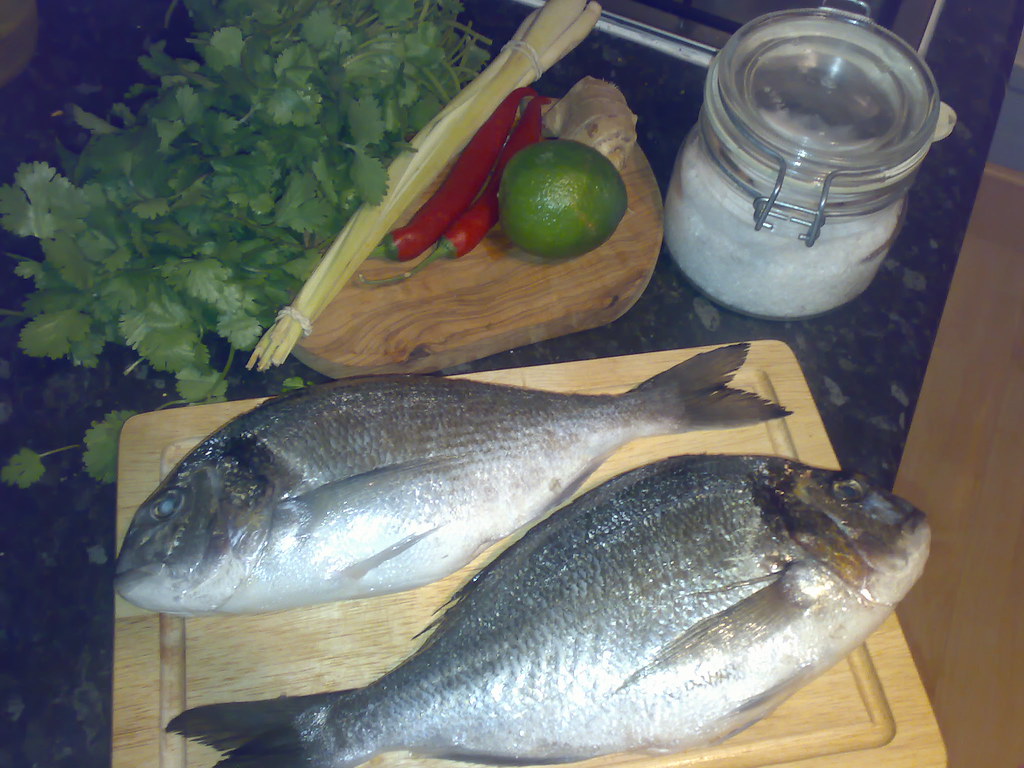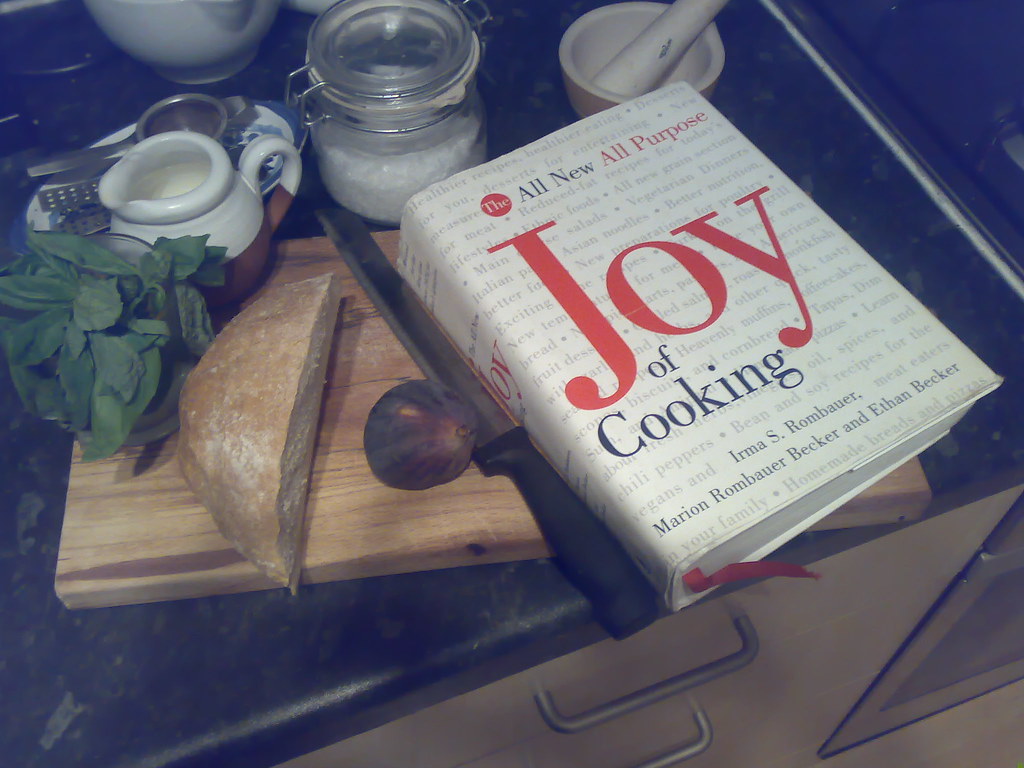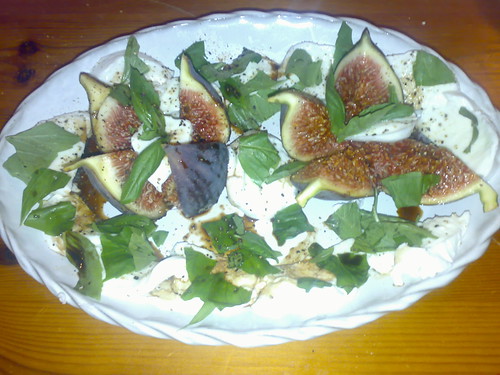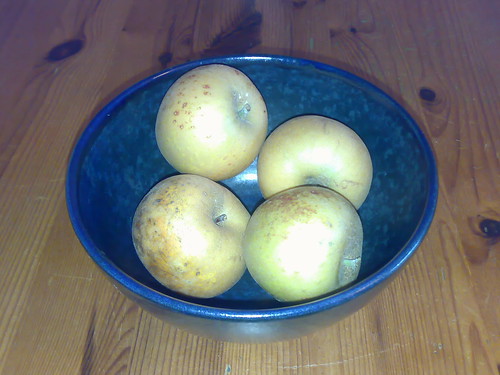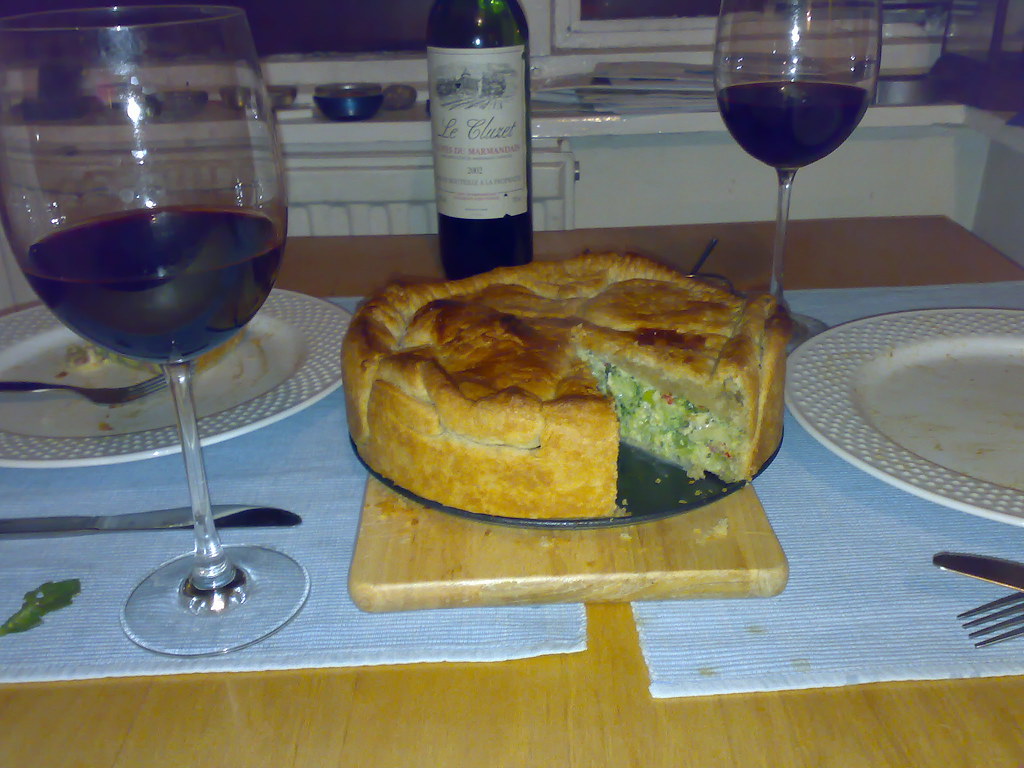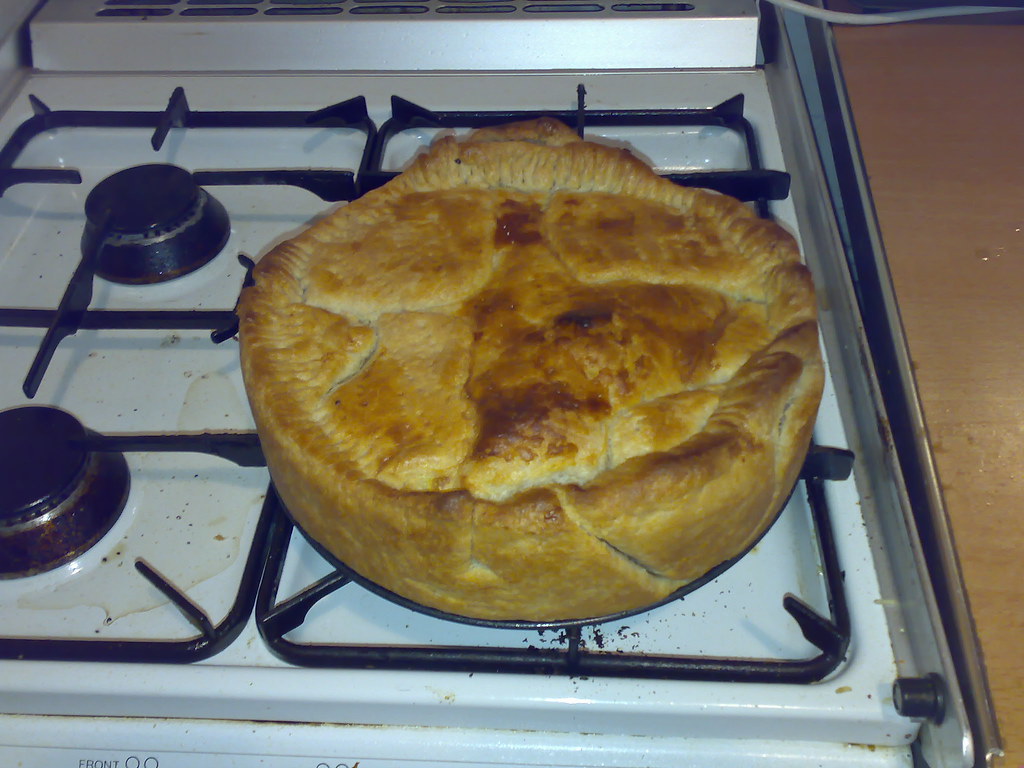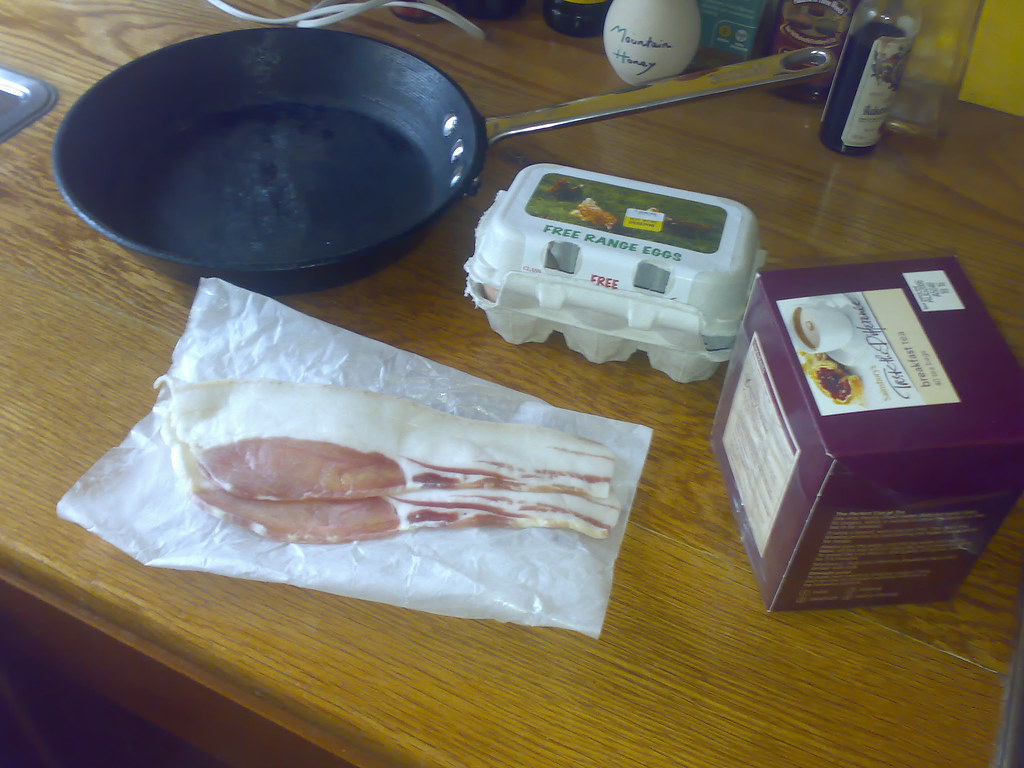[Note: this was supposed to be an apology for my refusal to back down and admit that I was wrong, but on mature reflection I have decided I was right, so it's a plea for forgiveness for being obnoxious instead.]
I am Jewish enough to think of chicken soup as a panacea for all ills, so when my Taste-tester had toothache, I rushed around armed with my pharmacopeia of chicken stock, noodles, chilli and coriander (I’m only Jewish through my paternal grandmother, which gives me leeway to make Thai-based chicken soup).
Despite pressure from the Taster to use reginette (wavy-edged, half-inch wide strips of pasta) I went with Sharwoods Egg Noodles, which I cooked according to instructions without salt. First mistake. Unsalted noodles are as uninteresting as any other unsalted pasta.
Then I assumed that the red chilli I had bought from Sainsburys would be very mild, so I chopped it all up and threw it into the stock at the very beginning. Second mistake. It was so spicy that I had to fish out most of it and add lots of lemon juice and fish sauce to tone down its fieriness.
The end result was not disastrous, but oddly unbalanced. It wasn’t too hot, but the lemon juice overwhelmed the delicate flavour of the stock, while the noodles were too bland to add any bite to the soup, which was also a bit salty in itself.
Because this was in the privacy of the Tester’s home (I am normally able to restrain myself from issuing searching critiques of my cooking when other people are eating it), I launched into an analysis of the problems and pondered the solutions.
I was enjoying myself, pontificating away as I considered the flavours in my mouth and imagined how they could be re-balanced, when the Taster jumped up and produced a book of noodle recipes for consultation.
For some reason, this eminently sensible action infuriated me, so I said scornful and illogical things about how pointless recipes were for such a simple dish, preached lofty ideals of allowing due weight to the sensory experience and ended up with almost a serious row on our hands.
His contention was that looking at other recipes would help me think about how I could improve my soup. I countered that it was futile to look at other people’s idea of what you should do with these simple ingredients in order to produce my own ideal. (Among other arguments against recipes that I won’t bore you with, and which anyway I would rather forget.)
In the calm light of day (and stuck in an oven-like office with only mind-numbingly dull work to do for the next couple of hours), I decided to be mature, climb down and look at alternative recipes for inspiration on how to improve my own technique.
And whaddayou know? The many recipes all aimed to achieve entirely different things with their chicken noodle soup, and were no help to me at all in thinking about my own recipe.
So here for the record is how I think I should have done it last night:
Chicken noodle broth for two
2 servings thin egg noodles
750ml chicken stock (I buy Joubere Organic stock when I don’t have enough of my own in the freezer)
a couple of scallions, chopped (reserve some of the green tips for garnish)
a stick of lemongrass, chopped into four cm lengths and bruised with the back of your knife
1 chicken breast, finely sliced
1 red chilli, sliced (and deseeded if necessary – the only way I know to find out if it is is to taste it, a risky strategy)
a squeeze of lemon juice
coriander, chopped
Boil some water, salt it generously and cook the noodles according to instructions. Meanwhile, put the stock, scallions and lemongrass into your soup pan and bring to a gentle boil. Add the chicken and cook till done, which should be only a few minutes. Just before it is done, add the chilli and the lemon juice, tasting to make sure you don’t overdo the lemon.
By this time the noodles are probably done. Strain them, refresh them in cold water and divide them between two soup bowls. Pour the broth over them, making sure the chicken gets shared out fairly. Add the chopped coriander and scallion tips as garnish.

 The people on the stall had no idea as to what they might be, how to cook them or whether they might be palatable.
The people on the stall had no idea as to what they might be, how to cook them or whether they might be palatable.  Never one to shirk a challenge, I skinned them, washed off the extremely tenacious gel and sliced the surprisingly hard nubs to fry in butter. They were unpalatable to the point of being not worth eating. After four mouthfuls, I threw the rest in the bin, regretting only the waste of good butter. The mushrooms themselves had provided me with enough entertainment to more than merit the money spent on them.
Never one to shirk a challenge, I skinned them, washed off the extremely tenacious gel and sliced the surprisingly hard nubs to fry in butter. They were unpalatable to the point of being not worth eating. After four mouthfuls, I threw the rest in the bin, regretting only the waste of good butter. The mushrooms themselves had provided me with enough entertainment to more than merit the money spent on them.

